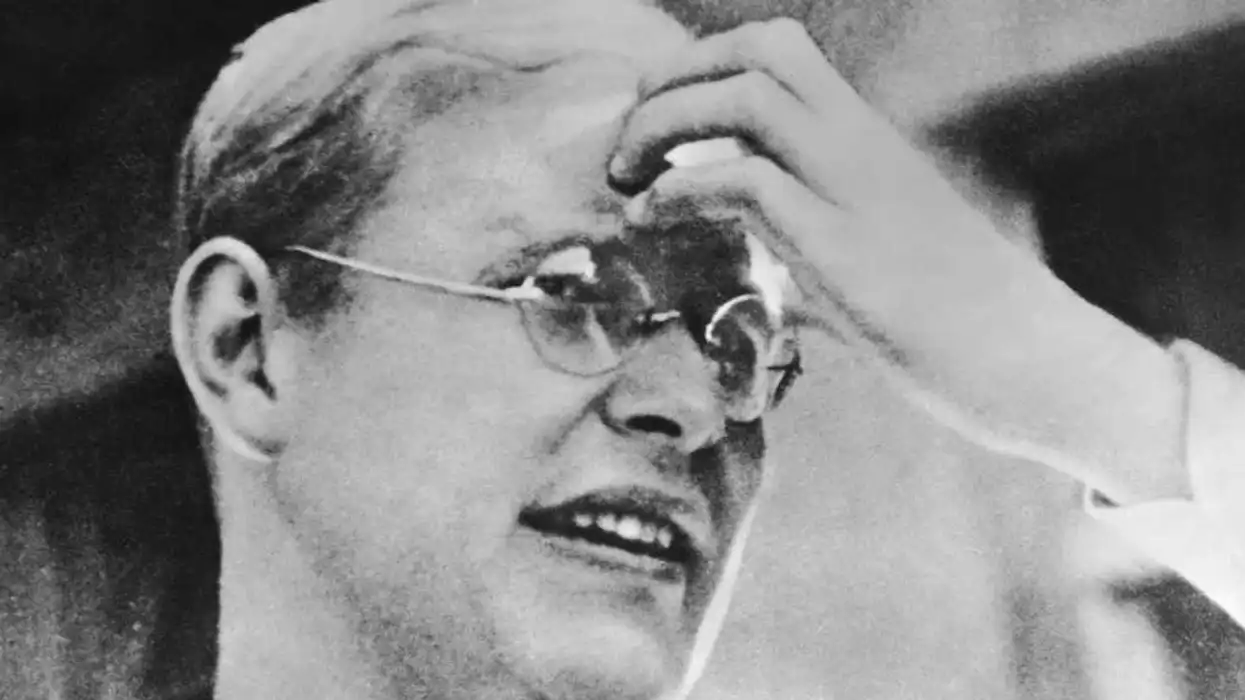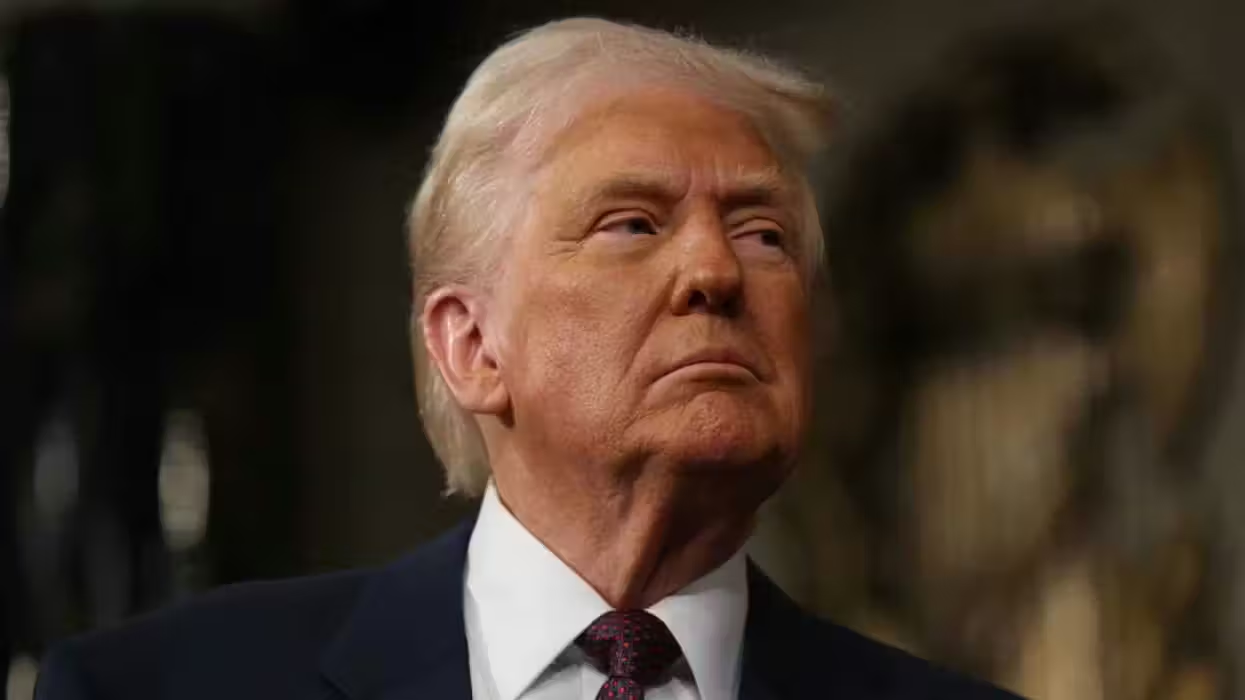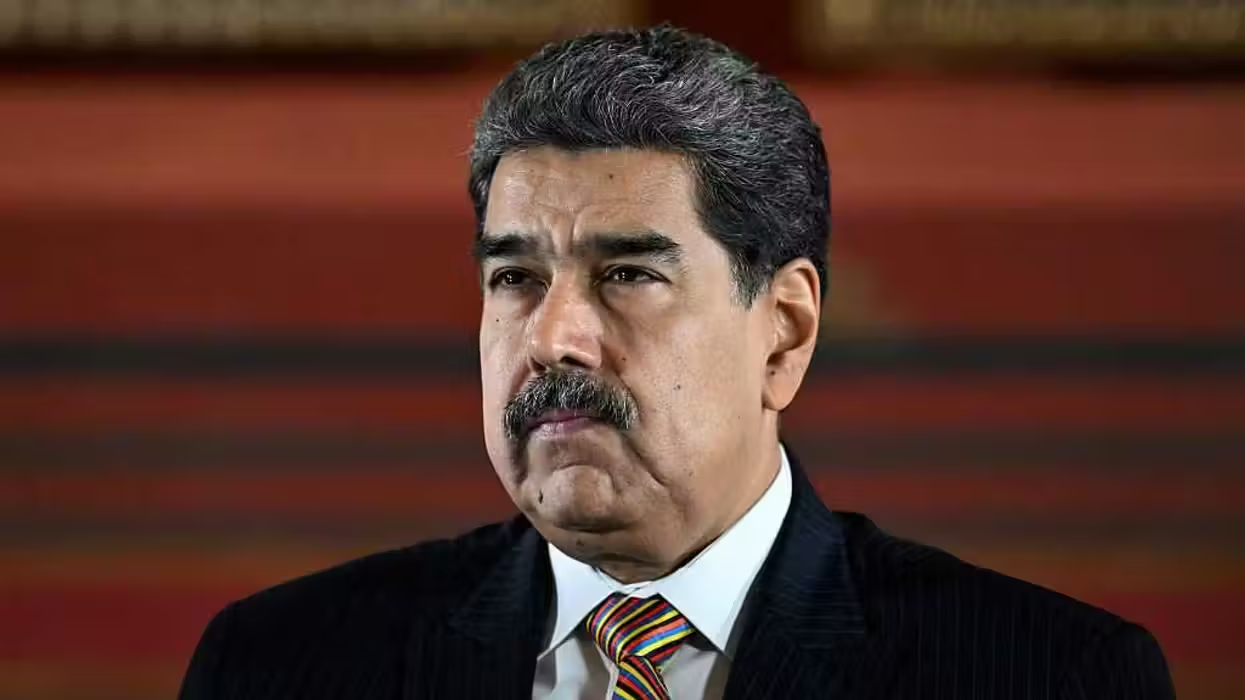
© 2026 Blaze Media LLC. All rights reserved.
Kodak Had a Semi-Secret Nuclear Reactor at Its Headquarters for Nearly Three Decades
May 14, 2012
“It was a known entity, but it was not well-publicized."

Kodak is making the news for more than just filing for bankruptcy recently. It was brought to the attention of many that up until about six years ago the Rochester, N.Y., headquarters of the company wasn't just home to making film: it had a nuclear reactor with more than three pounds of highly enriched uranium as well.
The californium neutron flux multiplier (CFX) was in use from the mid-1970s through 2006, according to the Democrat and Chronicle, with the primary purpose of testing imaging techniques -- not as a power plant. The semi-secret reactor was never public safety risk Eastman Kodak Co. officials said, but still many are surprised to learn it exists:
“It was a known entity, but it was not well-publicized,” said Albert Filo, a former Kodak research scientists who worked with the device for nearly 20 years.Company spokesman Christopher Veronda said he could find no record that Kodak ever made a public announcement of the facility. He also wasn’t sure whether the company had ever notified local police, fire or hazardous-materials officials.
Current city of Rochester officials, whose personnel might have been summoned to Building 82 had an untoward incident occurred, said they were in the dark. Monroe County officials did not provide comment despite several requests.
[...]
Nuclear non-proliferation experts express surprise that an industrial manufacturer like Eastman Kodak had had weapons-grade uranium, especially in a post-9/11 world.
“I’ve never heard of it at Kodak,” said Miles Pomper, senior research associate at the Center for Nonproliferation Studies in Washington. “It’s such an odd situation because private companies just don’t have this material.”
The Democrat and Chronicle points out that after 9/11 the location of radioactive material became more restricted in the United States. In 2007, the uranium was taken following the proper procedures from the 14-by-24-foot bunker and relocated to a government facility. According to the report, Kodak's CFX seems to be one-of-a-kind in the U.S. given that it was built only for industrial research. Veronda said they weren't pressured by the feds to turn over their small amount of weapons-grade uranium but did so voluntarily as the company "decided it was no longer required, as there were alternative and less expensive means to obtain the analytical results."
While the reactor was still active for research, Veronda said it "presented no radiation risk to the public or employees. Radiation from the operation was not detectable outside of the facility."
With this knowledge that is news to many, CNET ponders: "Were there other companies in the tech business that tried to get themselves a reactor but couldn't manage it? Or might there be some other secret bunkers whose existence remains largely unknown?"
Want to leave a tip?
We answer to you. Help keep our content free of advertisers and big tech censorship by leaving a tip today.
Want to join the conversation?
Already a subscriber?
more stories
Sign up for the Blaze newsletter
By signing up, you agree to our Privacy Policy and Terms of Use, and agree to receive content that may sometimes include advertisements. You may opt out at any time.
Related Content
© 2026 Blaze Media LLC. All rights reserved.
Get the stories that matter most delivered directly to your inbox.
By signing up, you agree to our Privacy Policy and Terms of Use, and agree to receive content that may sometimes include advertisements. You may opt out at any time.






